![]()
 Sick of all of this sudoku nonsense flying about the place? Need a break from all this "one of each in every row column and square" rubbish? I've got the perfect solution for you... sorta. Kakuro—or Cross Sums or Sum Totals, depending on what school of puzzling you were raised in—is another number puzzler that has gained popularity in recent months.
Sick of all of this sudoku nonsense flying about the place? Need a break from all this "one of each in every row column and square" rubbish? I've got the perfect solution for you... sorta. Kakuro—or Cross Sums or Sum Totals, depending on what school of puzzling you were raised in—is another number puzzler that has gained popularity in recent months.
Like sudoku, kakuro is played by filling in all of the open squares with a digit from 1 to 9. At the top of each column or at the left-hand side of each row of blocks is a number in a triangle. Your job is to fill in all of the blanks with digits that will add up to that number. For example, a row of three blocks with a sum of 14 on the end could be 1-5-8, 3-4-7, or several patterns of numbers.
A few key rules to keep in mind:- There are no zeroes in the puzzles at all.
- No digit is repeated within any sum grouping.
- The order for a string of numbers may vary. You may end up with 1-2-3, 1-3-2, 2-3-1, 2-1-3, 3-1-2, or 3-2-1. The only way to determine the correct order of a string is to solve for the row or column perpendicular to it.
To input numbers onto this grid, use your arrow keys to move the yellow box to any square and type in the number you want to put there. If you prefer using the mouse, click and hold your cursor on any square, and a small number pad will appear nearby. Mouse over the number you want, and release.
If you've never tried a kakuro puzzle before, I would strongly recommend using the never-changing practice puzzle for a quick start. After a few games in the easy level, you might pick up on some patterns and tricks to make the game a bit easier. (A sum of three in two boxes is always 1-2, a sum of 17 in two boxes is 8-9, and so forth. There are many more that I could mention, but it's probably better that you figure them out on your own.) In no time, you'll be tackling all three levels of play.
But that's not all, kids! The game also comes with some dandy features to help you on your way. If you can't decide on which number to put into a box, the pencil feature lets you write in several numbers in a box, until you've reached a final decision on what number you'd like to use. This is found in the bottom row of the mouse's keypad, or in the top-right hand corner of the game. Also in the keypad is a question mark. If you've marked in every number in a row except for one, using the question mark in that box will automatically fill in the space with the digit that completes the sum for that row or column. Plus, if you click on one of the triangle numbers at the end of a row, a small box pops up showing you all of the different number combinations possible for that row (although you still have to decide the order of the digits on your own). Also, if you put in a string of numbers that do not add up to the required sum, they change color to signal you to try again.
Analysis: For a puzzle-lover like myself, this game surely is a delight. The game's interface is convenient and easy to understand, and there's no doubt that they want to make the kakuro experience as enjoyable as possible. All of the puzzles are created so that only one solution is possible, and it does appear that there are a lot of puzzles to tackle. I would easily recommend this online version to anyone who's ever wanted to try kakuro.
The audio in this game is also quite enjoyable. While you're solving a puzzle, you're treated to a nice little latin piece in the background. Sadly, the musical selections are only about two minutes long, so they might sound a little repetitive after a while. Also, every time you input a number into the grid, you hear what sounds like a dying guitar being plucked. This was a bit hard to bear at first, but I eventually learned to ignore it. Truth be told, for such a puzzle like this, it wouldn't hurt at all to hit the mute button and play whatever music floats your own boat.
So if you're ready for a new puzzle twist, give Kakuro a try!
Cheers to Anthony for the link!




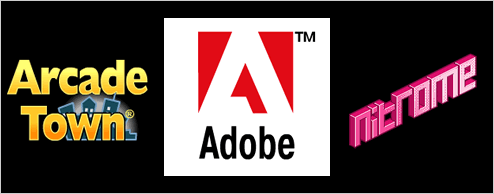



















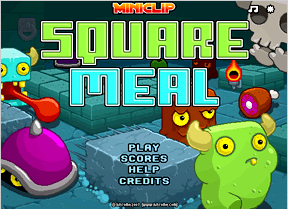
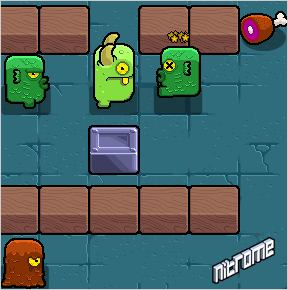



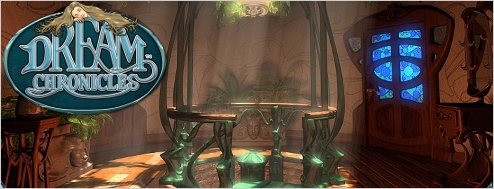

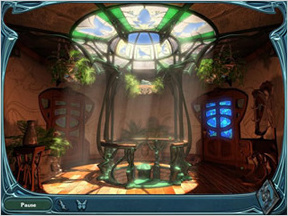


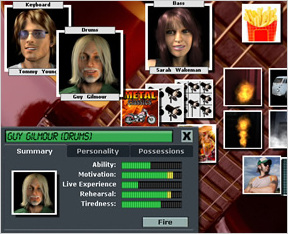
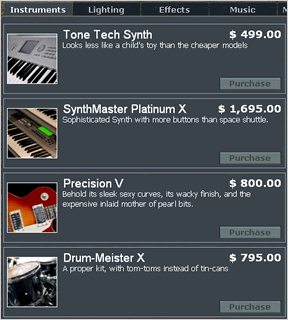
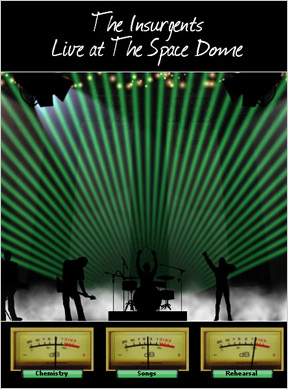


 Now that we've seen all the entries, and while the judging is underway, we invite everyone to take part by voting for your favorite(s) of the competition. Each game entry is represented by its icon along with a "vote" button next to it. The vote button will take you to a PayPal donation form where you may donate $1 (USD) or more to the respective game. (You do not need a PayPal account to vote, PayPal accepts credit cards as well.)
Now that we've seen all the entries, and while the judging is underway, we invite everyone to take part by voting for your favorite(s) of the competition. Each game entry is represented by its icon along with a "vote" button next to it. The vote button will take you to a PayPal donation form where you may donate $1 (USD) or more to the respective game. (You do not need a PayPal account to vote, PayPal accepts credit cards as well.)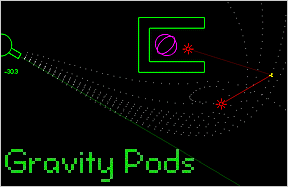
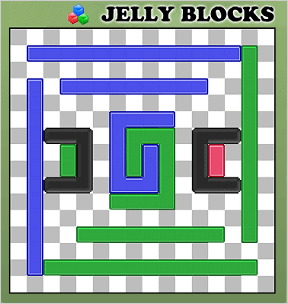
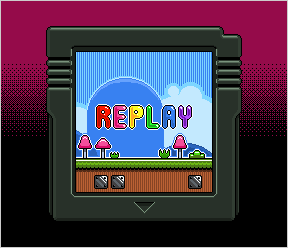 Now that we have seen all the entries for the 3rd Casual Gameplay Design Competition, it is almost time for the voting to begin for the coveted Audience prize.
Now that we have seen all the entries for the 3rd Casual Gameplay Design Competition, it is almost time for the voting to begin for the coveted Audience prize.
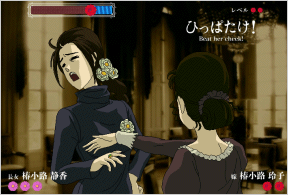
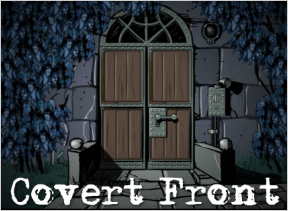



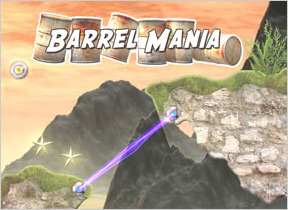
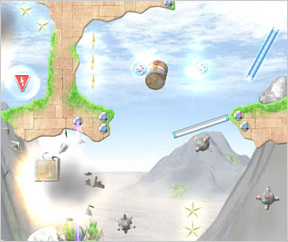


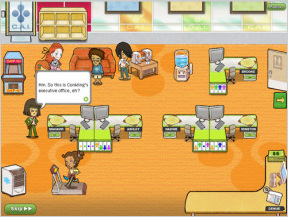

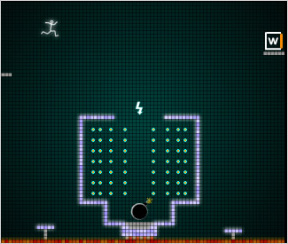
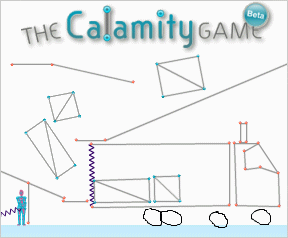
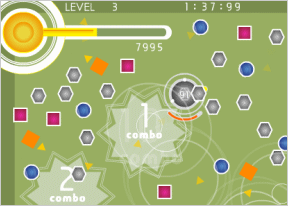

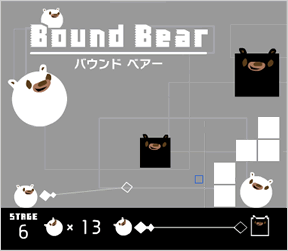
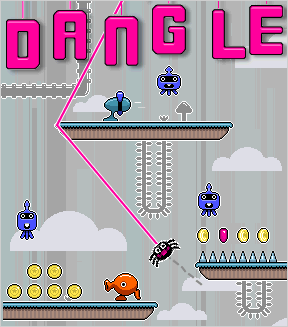
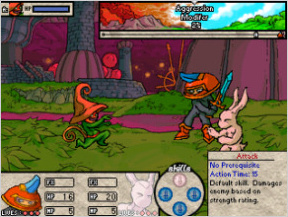


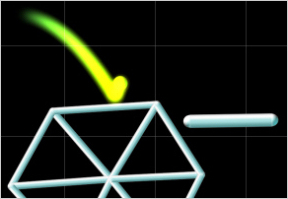


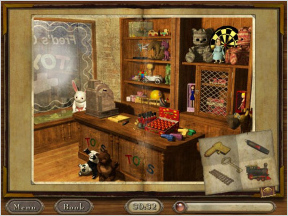



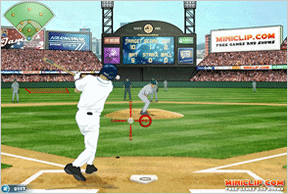

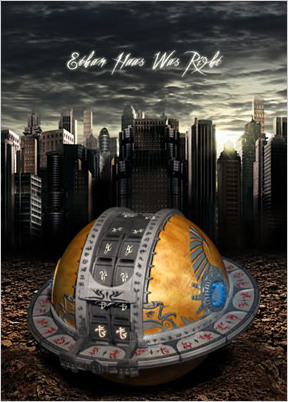


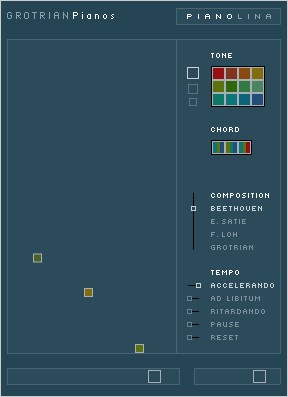
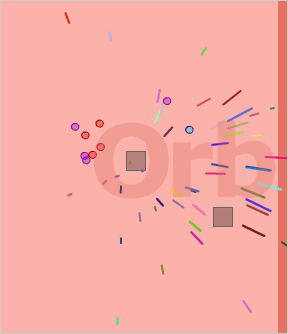


Recent Comments